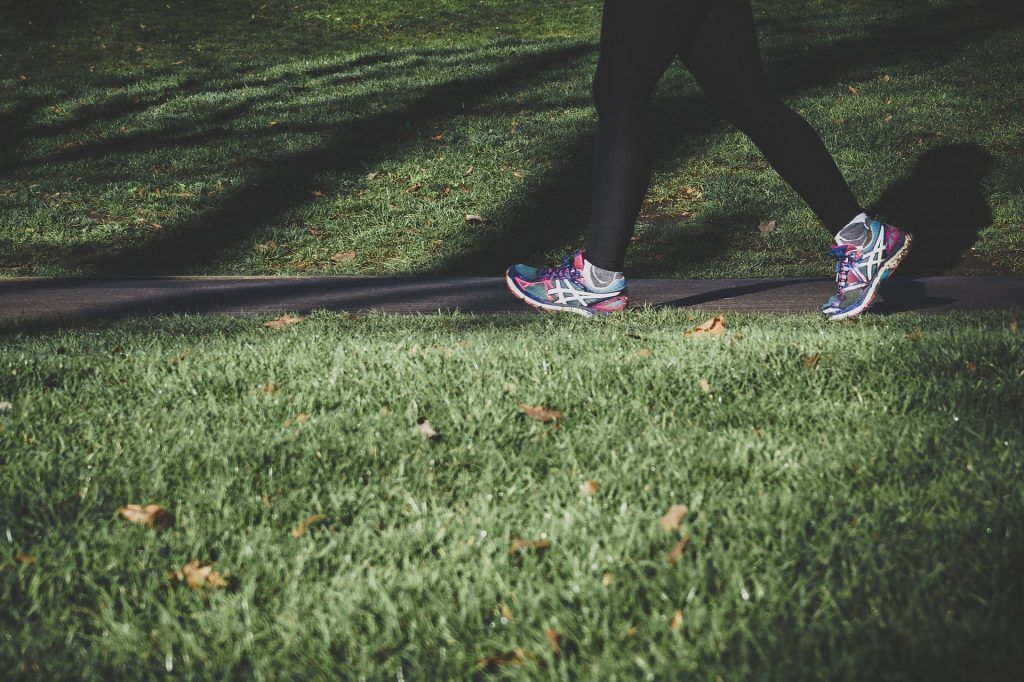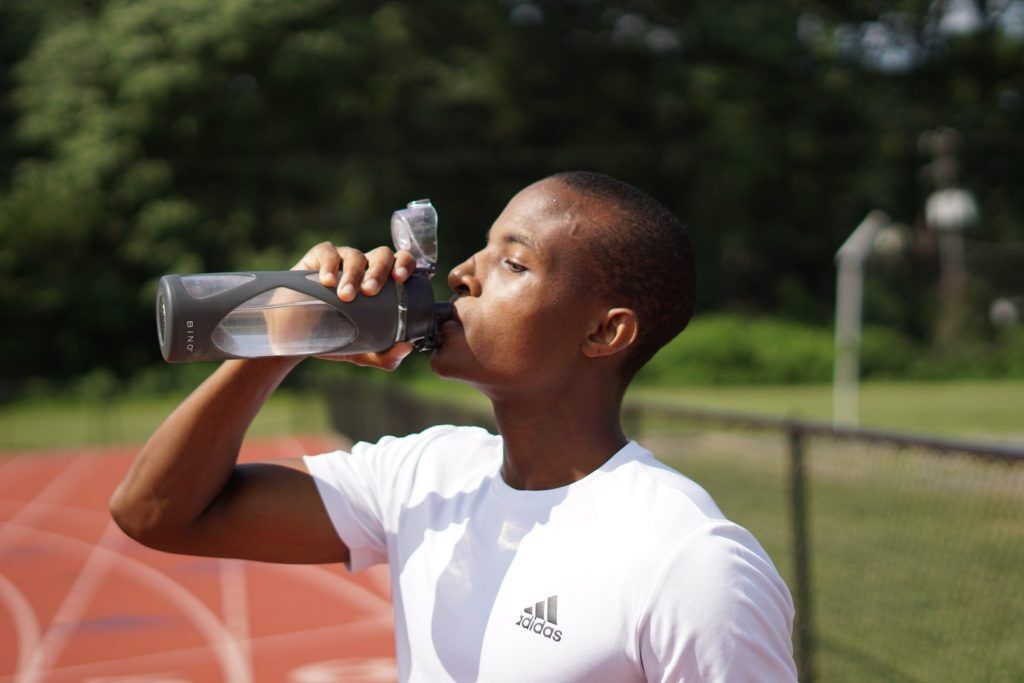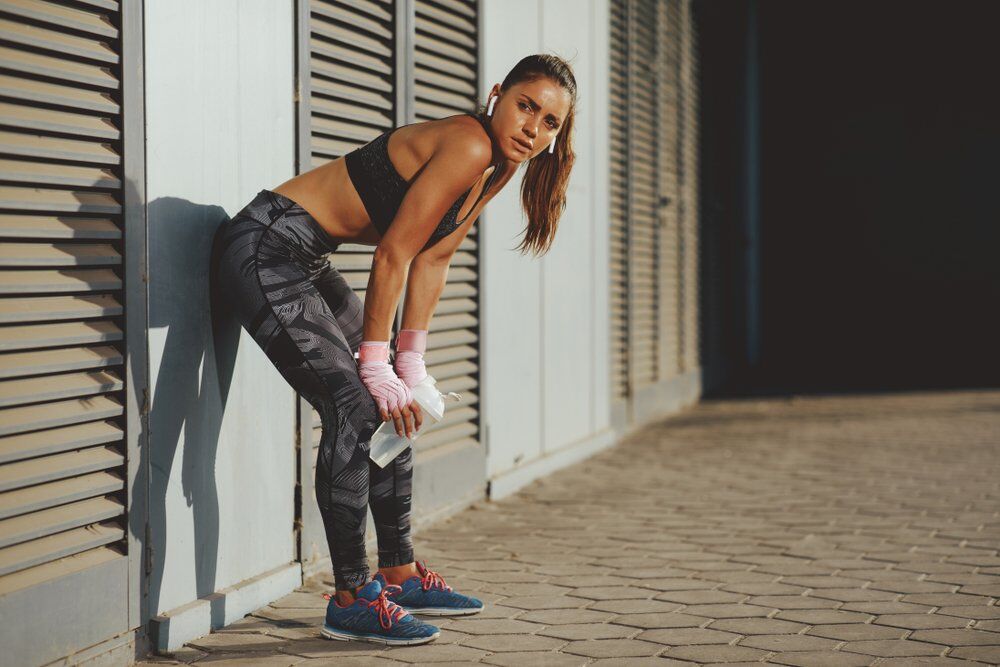
Unsure How to Cool Down Properly? Here’s How
The cooldown is perhaps the most misunderstood part of training, it is either ignored completely or it is taken far too seriously! In this article we will talk about how to cooldown properly after a workout, and why cooling down after a workout is just a small piece of the puzzle.
How Important is a Cooldown?
For decades, the idea that you needed to perform a well-structured cooldown was treated as gospel by the fitness community. The idea being that a cooldown can remove lactate from your muscles and reduce post-exercise soreness. While it is true that a cooldown can reduce blood lactate, this has no effect on muscle soreness or recovery.
A 2007 study found that warming up can help to reduce post-exercise soreness but cooling down (same movements and time) had no effect and was no different to not cooling down or warming up for a workout.
A 2018 study by Van Hooren & Peake took a look at cooldowns, finding that:
“Most evidence indicates that active cool-downs do not significantly reduce muscle soreness or improve the recovery of indirect markers of muscle damage.”
If you are working out hard enough, then you should see a drop in performance/intensity naturally. Slowing down for the last 500 metres of a run or taking longer rest breaks and lifting less weight at the end of a resistance workout.
If your workout is very high intensity right up until the end, then a short cooldown may be beneficial, just to help you get breathing evenly again. But this cooldown will just help you feel better immediately post-workout, it won’t make much difference to how much pain you are in the next day, and it won’t speed your recovery up.
 Best Cooldown Strategy
Best Cooldown Strategy
Probably the best cooldown strategy is to perform a good warm up! As that 2007 study (see above) found, it was the group that did a good warm up who saw the best recovery. Not the cooldown group. But if you are going to perform a cooldown then a nice and simple protocol is all you need.
- Low speed jog or walk for five to ten minutes
- Foam roller to reduce post-exercise soreness
- Some static stretching to increase blood flow to the muscles
 Cooldowns as Part of a Recovery Strategy
Cooldowns as Part of a Recovery Strategy
As you can see, cooldowns are only slightly effective as a recovery strategy, and you can skip them entirely without any real issues. So, let’s uncover why you were interested in cooldowns in the first place, and see if there are other ways to achieve them.
The main reasons why people cooldown after a workout are:
- They want to feel better after a tough workout
- They want to avoid muscle soreness post-workout
- As a way to relax after a workout
- They believe it will help with recovery
The first reason is a perfectly legitimate reason to perform a cooldown. If you want to feel better after a tough workout then a nice and calm walk (preferably outdoors in nature) is as good as it gets. You can get your breathing back to normal, get some cool air on your face, and get your heart rate down.
This all ties in nicely with the third reason, wanting to relax after a workout. Exercise can be a lot of fun, but it can also be stressful – increasing cortisol (the stress hormone) production and you have to deal with the stress of having heavy (and potentially dangerous) weights in your control for an hour or so. A nice calm cooldown can help you to relax and feel better.
The second reason is to reduce post-workout soreness, but as we’ve found, cooldowns don’t really do this. Instead, you may want to employ some alternate strategies:
- Have an Epsom salt bath the next day
- Drink more water
- Take paracetamol if you need to
- Consume caffeine (can reduce the perception of pain)
- Active recovery the next day (walking, stretching, light exercise)
- Sleep for 8 hours or more each night
The final reason is that people believe that it will help with recovery. The truth is that it will only play a minor part. Eating enough (particularly protein), sleeping well, reducing stress, staying active on your days off, and not overtraining, are all superior ways to recover.
 Final Thoughts
Final Thoughts
It’s hard to talk about what the best cooldown is, when there is little evidence that cooldowns are in any way effective. A good cooldown is therefore one that doesn’t take much time or effort, and one that leaves you feeling positive and refreshed.
If you enjoy cooldowns and always feel better afterwards then keep doing what you’re doing. There are no downsides to continuing. However, if you hate cooldowns and feel reluctant to spend time doing them, then feel free to ditch them immediately. You won’t see any downsides to doing this. Recovery is more about how you live your life outside of the gym. Eat well, sleep often, reduce stress, and stay active.


 Best Cooldown Strategy
Best Cooldown Strategy Cooldowns as Part of a Recovery Strategy
Cooldowns as Part of a Recovery Strategy Final Thoughts
Final Thoughts